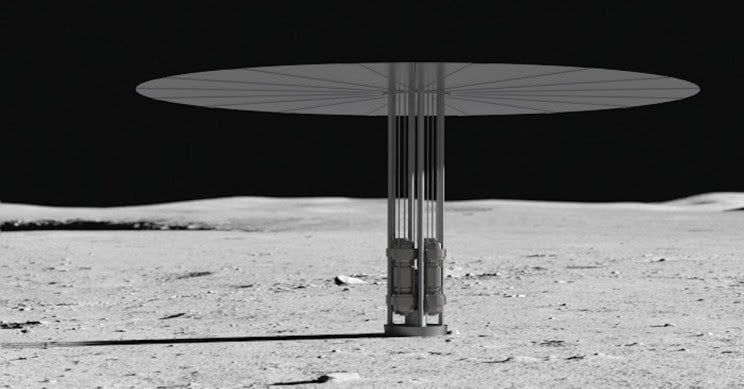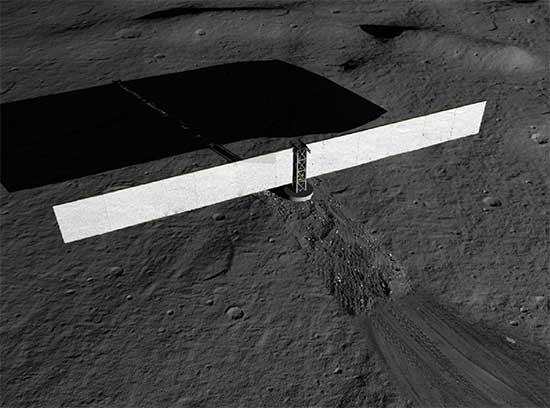What it would be like to live on the Moon or on Mars? Although for many it may seem like an inconceivable idea for many decades to come, it is a hypothesis that NASA has been thinking about for some time.
The next NASA planned moon mission is still set for 2024, and the researchers Stanhopeno focusing on a key factor: that of energy. In particular, the problem is to power settlements on the lunar surface, and tomorrow those on more distant planets. And this is where nuclear power for Moon and Mars comes in.
It seems increasingly probable, in fact, that nuclear reactors are deputed to play this role, as recently reported by Chemical & Engineering News, journal of the American Chemical Society.
Establishing a settlement on the Moon or Mars is not an easy task. To begin with, the energy source must be safely transportable from Earth to the Moon (and to Mars) and once there it must be able to withstand harsh weather conditions.
Solar and “classic” nuclear? Not very practicable
Solar power wouldn't be an option: The Moon's myriad dark craters and Mars' dusty plains wouldn't offer enough light. Another unprofitable option would be nuclear devices that work with the decay of plutonium-238. To be clear, those used to power spacecraft since the 60s.
The nuclear fission reactors that divide the uranium-235 atoms used by power plants may instead prove quite strong.
Such a reactor could provide reliable energy for a small space settlement for a few years, according to the researchers.

The researchers explain that uranium can be transported safely into space. The alpha particles emitted from the nucleus are weak and can be contained without too many problems.
Efforts to find suitable energy sources for these settlements have been activated again. It's a breath of fresh air after a funding crisis and many design setbacks.
The first attempts
They date back to the early 2010s. That year a team of scientists from Los Alamos National Laboratory, NASA and the US Department of Energy tried to develop a new nuclear fission system to produce 10 kilowatts of energy. To generate heat through nuclear fission, the reactor had a core with molybdenum and highly enriched uranium. The reaction was converted into electricity with piston engines. The end result generated 5 kilowatts of electricity, half of what was expected.
The prototype was tested 8 years later, in 2018. After two years, the NASA team now hopes to perfect it to obtain the originally planned 10 kilowatts.


